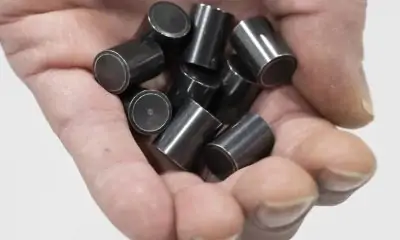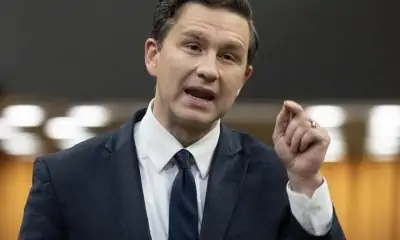The election to form British Columbia’s next government came down to just a handful of votes. The NDP has secured enough seats to form government, although the margin is razor thin.
Without a clear winner on election night, the results of a handful of undecided ridings came down to the final count of absentee ballots on Monday.
Even as the absentee ballot counts wraps up, there may be more to count. District electoral officers must apply for a judicial recount by a B.C. Supreme Court judge if the difference between the first two candidates is less than 1/500th of the total ballots considered.
Here is a timeline of key moments:
Oct. 10-16 — Hundreds of advance polling stations open across the province and a record number of British Columbians come out to cast their ballots ahead of the Oct. 19 election day.
Elections BC says 1,001,331 people cast their ballots during the advance voting period, the most ever in a B.C. election.
—
Oct. 19 — British Columbia’s election day comes in the middle of an atmospheric river that drenches much of the coast, killing three people, two in a road washout, another when her home was swept away in a landslide.
By the end of the night, David Eby’s New Democrats were elected or leading in 46 ridings, John Rustad’s B.C. Conservatives in 45, and the Greens, led by Sonia Furstenau, had won two ridings. No party reached the 47 seats required for a majority and a handful of ridings were too close to call.
—
Oct. 20 — Elections BC estimates that approximately 49,000 uncounted absentee and mail-in ballots will be tallied in the final count.
—
Oct. 24 — After screening votes, Elections BC increases the number of uncounted mail-in and absentee ballots to approximately 65,000.
—
Oct. 25 — Elections BC releases numbers showing where 43,538 mail-in and telephone assisted votes remain to be counted, along with 22,536 special and absentee ballots.
—
Oct. 26 — Mail-in ballot count begins. No ridings change hands but the NDP widens leads in close races and dramatically narrows the Conservative lead in Surrey-Guildford from 103 to just 12 votes.
—
Oct. 27 — Mail-in ballot count continues, with the overall race still too close to call. Recounts in Juan de Fuca-Malahat, Surrey City Centre, and Kelowna Centre begin. The recount in Surrey City Centre results in the NDP’s lead being reduced to 175 votes from 178 votes.
A partial recount of ballots that went through one tabulator in Kelowna Centre gives the Conservatives a 68-vote lead.
—
Oct. 28 — Every electoral district across the province conducts the final count of more than 22,000 absentee and special ballots, beginning at 9 a.m. The NDP secures victories in close races to give it a total of least 46 ridings, while leading the B.C. Conservatives in Surrey-Guildford by a handful of votes. Eby meets Lt.-Gov Janet Austin, who asks him to form government.
—
This report by The Canadian Press was first published Oct. 28, 2024
























